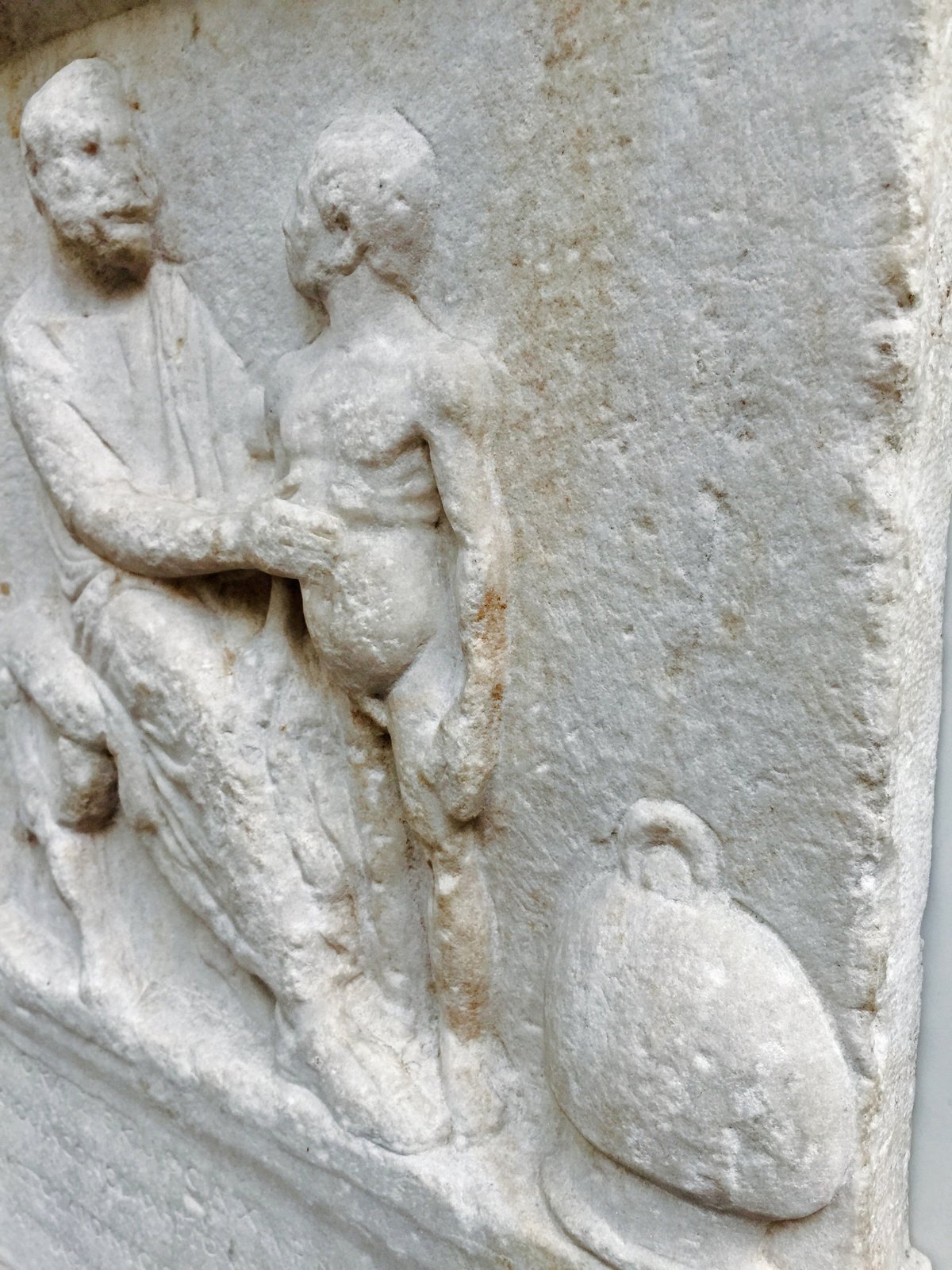The British Museum has more than 50 incidents a year of pencil graffiti on its ancient sculptures. The London museum uses the term “graffiti” to refer to any marks drawn by visitors (not just written letters), and in most cases they are accidentally applied, usually by schoolchildren. Pencil is removable, but with one case a week, this raises serious concerns about the protection of the collection and the way the galleries are monitored.
A Freedom of Information request on damage to works of art was recently submitted by the Daily Telegraph to UK national museums. The resulting article focused on major incidents, with only a passing reference to graffiti. However, an analysis by The Art Newspaper shows that the number of recorded cases at the British Museum has risen dramatically. There were none in 2006/07, but 48 incidents by 2014/15 and 55 the following financial year. A museum spokeswoman says that the “apparent increase in pencil marks is due to new centralised recording methods”.
The graffiti is on stone sculptures that are affixed to walls or on plinths and are not protected behind glass, which enables visitors to view them better. Most of these are Greek and Roman. Around 100 or so such sculptures in the museum’s display are particularly vulnerable because of their placement and the light colour of the stone (mainly marble and limestone). On average, each vulnerable sculpture suffers graffiti once every two years.
Pieces on open display are examined periodically for graffiti. Fortunately, graphite pencil can usually be easily removed using a swab of water, acetone liquid or a conservation eraser. Nevertheless, the fact that visitors are able to get close enough to apply graffiti means that there is a risk of more serious damage.
According to a museum spokeswoman, most of the pencil marks are made by children, usually (but not always) accidentally, often while they are drawing objects or taking notes. The museum receives 250,000 visits by schoolchildren a year, so only one in 5,000 leave graffiti behind.
A member of the museum’s stone conservation team tells us: “Pencil marks on objects do not pose a problem to the conservation team and can be removed in a simple way. It is a very quick process with a cotton swab and does not compromise the objects in any way. The majority of the pencil marks are inadvertent, and not intentional or malicious.”
On the wider question of monitoring of galleries and the protection of the collection, a museum spokeswoman says: “Staff in galleries are briefed to be vigilant and alert to the risks of accidental damage. School group leaders who visit the museum are given briefing packs before their visit and are briefed by staff to watch out for students accidentally marking objects with pencils. We take the care of our collection very seriously and consider its safety and protection among our top priorities.”
Pencil graffiti does not appear to be a problem in other major international museums with classical sculpture. This could be because there are fewer objects not displayed behind glass or there may be less recording. A spokeswoman for the Musée du Louvre in Paris says that “we do not have feedback that graffiti is a problem”. The Berlin State Museums says there have been “no incidents” of pencil graffiti.



